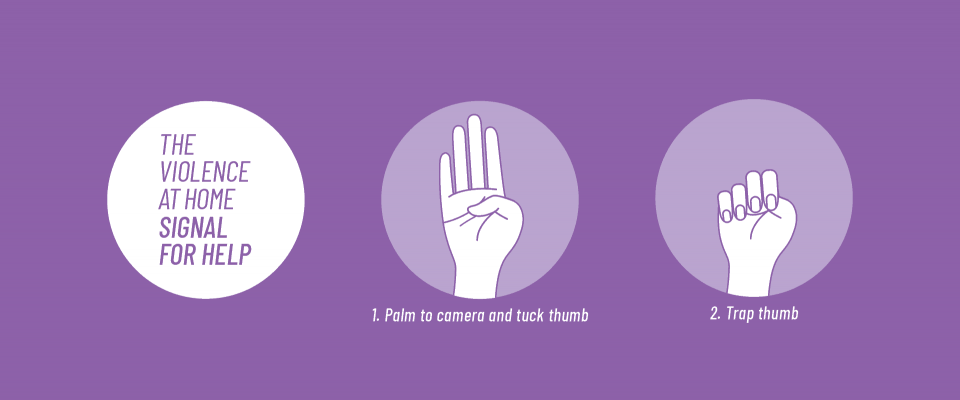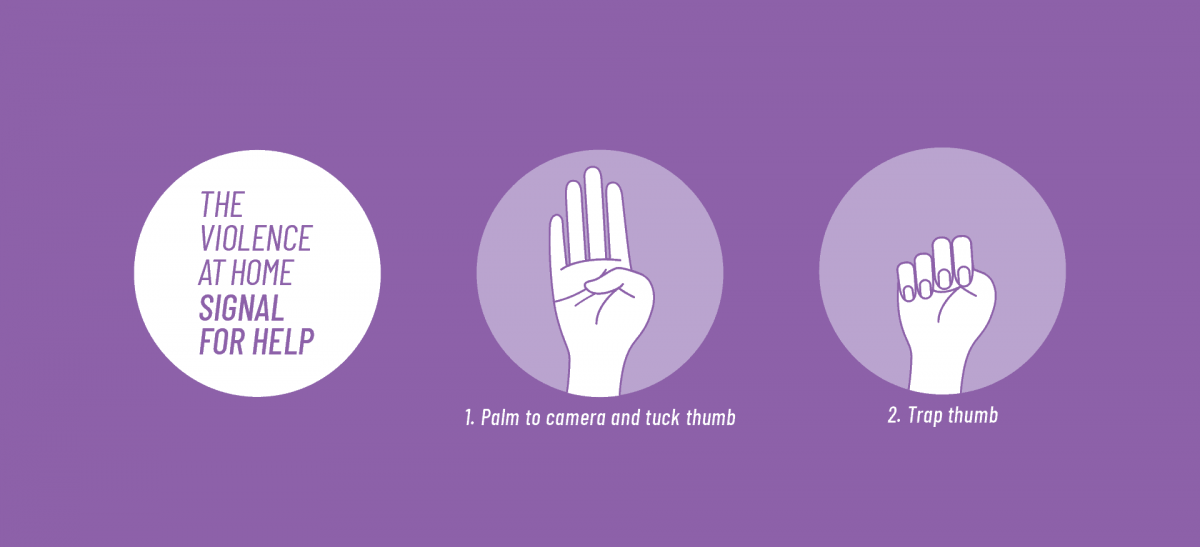What is domestic violence?
Domestic violence, sometimes referred to as intimate partner violence, is behaviour used by one person to gain power and control over another with whom they have or have had an intimate relationship. It can include physical, emotional, sexual, financial, psychological and/or spiritual abuse as well as stalking or harassment. It exists in same-sex and opposite-sex relationships and may be between people who are married, divorced, common law, separated or dating. While anyone can experience domestic violence, regardless of their race, age, sexual orientation, religion or class, domestic violence is a gendered issue. The vast majority of victims are women and perpetrators are men.
COVID-19 and domestic violence
Since March 2020, when public health lockdowns began, there has been an increase in the frequency and severity of violence against women. Research has demonstrated that abusers have used the pandemic itself as a strategy to further control women who have been confined to the home due to COVID-19 restrictions. Several helplines for women experiencing violence at home are reporting dramatic increases in calls since public health measures aimed at fighting the spread of COVID-19 came into effect last spring.
Additionally, as we work towards recovery efforts and as lockdown restrictions are eased, there may be a resurgence of violence against women as abusers experience a "loss of the control" they held during the lockdowns.
Challenges to supporting survivors in a digital world
PSAC has made great efforts to educate our members on domestic violence, how it can impact the workplace and how to recognize those in crisis. The COVID-19 pandemic has permanently transformed workplaces and, for many of us, we are no longer able to communicate and check-in with our colleagues and friends in person. With the increase in isolation and domestic violence, we need to find new tools and ways to support those in need.
Signal for Help
The Signal for Help was launched by the Canadian Women’s Foundation in response to COVID-19 and it is now being shared by various organizations around the world. It is a hand gesture that people can use during video calls to indicate that they need assistance. It is a tool that may help some people, some of the time. It is important to note that not everyone has internet access or the ability to make video calls.
If you see someone use the Signal for Help, check in with the person safely to find out what they need and want you to do.
If you or someone you know is in immediate danger, call 911 or your local emergency services.
Other Ways to Take Action
-
Take PSAC’s online webinar on domestic violence.
-
Check-in safely with friends, family and colleagues.
-
Support your local shelters, crisis helplines and community resources centres through donations, volunteering or sharing their social media campaigns.
-
Support PSAC’s fight for 10 days universal paid domestic violence leave.
-
Check-out Western University’s series on Addressing Domestic Violence in the Workplace through Collaboration.
 Member Login
Member Login




